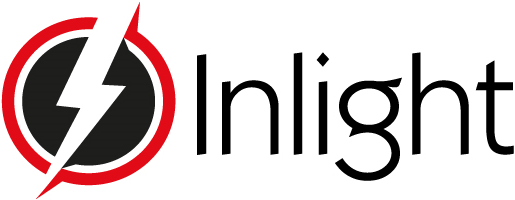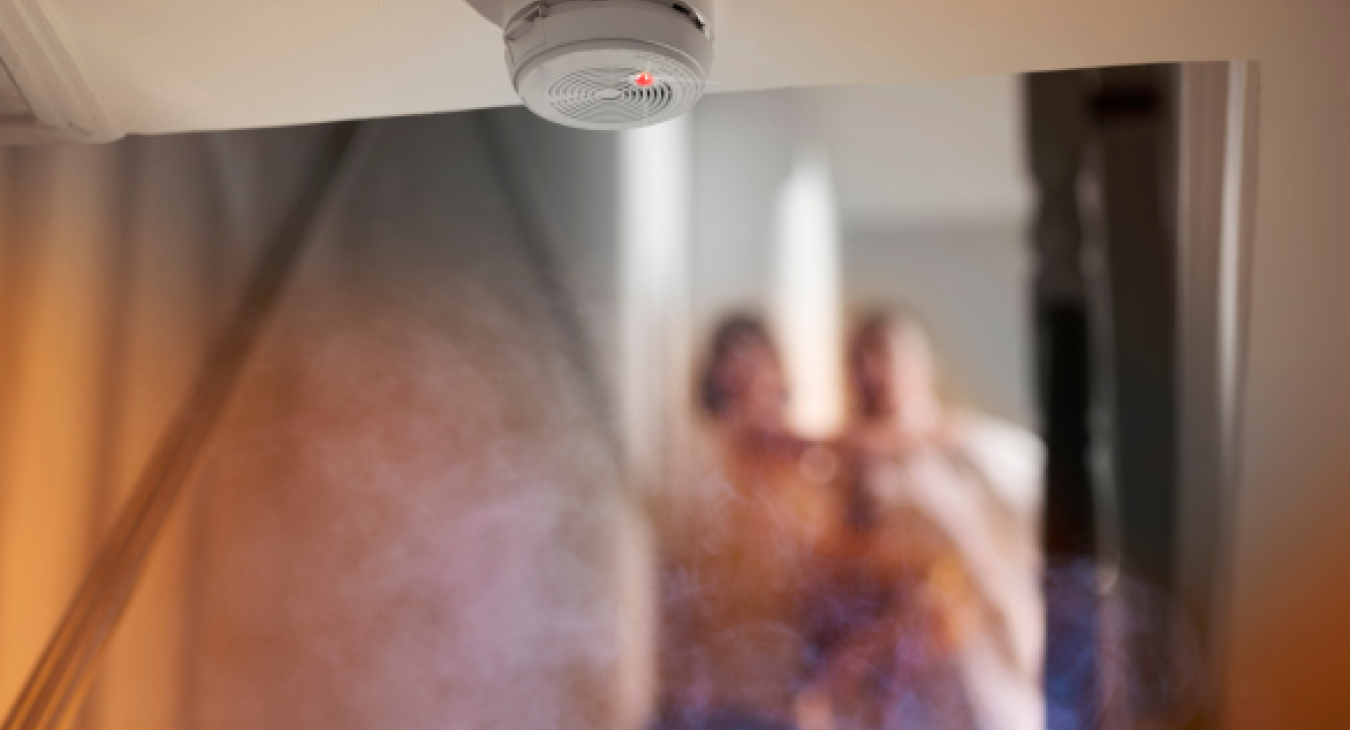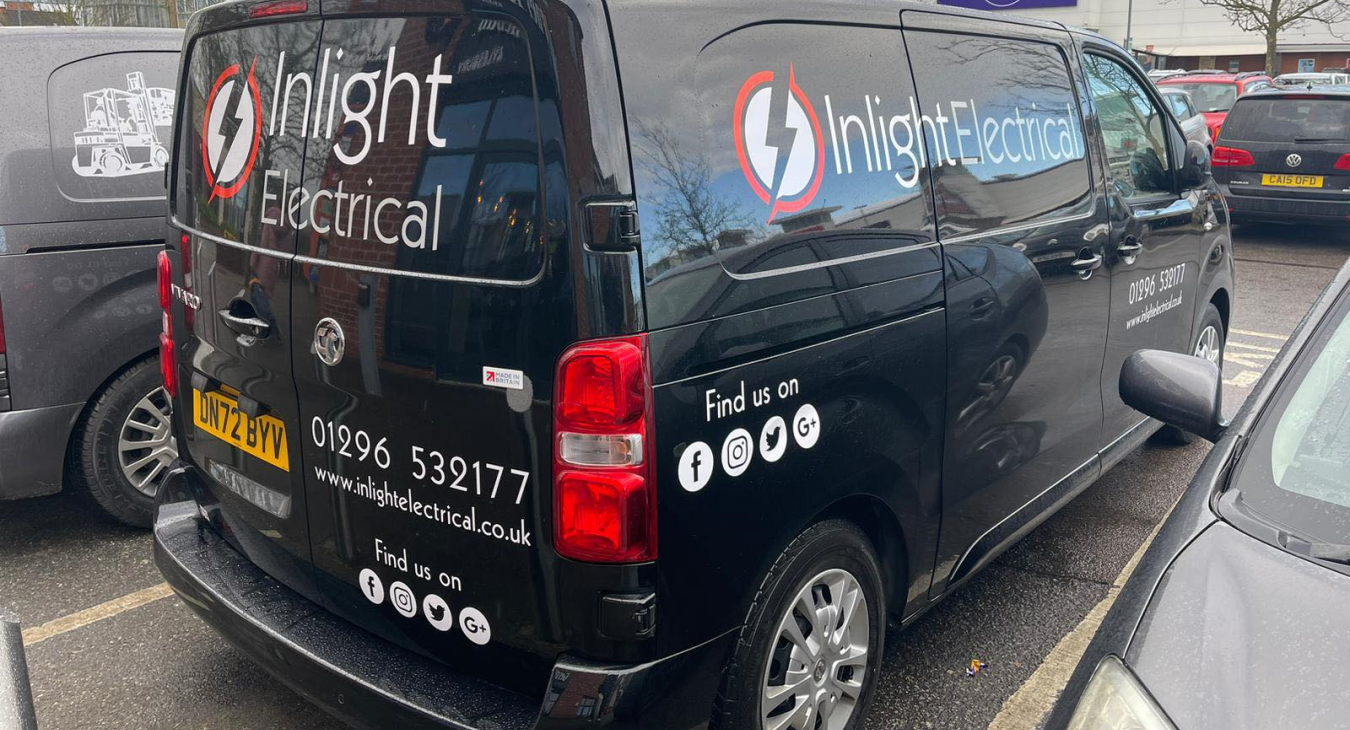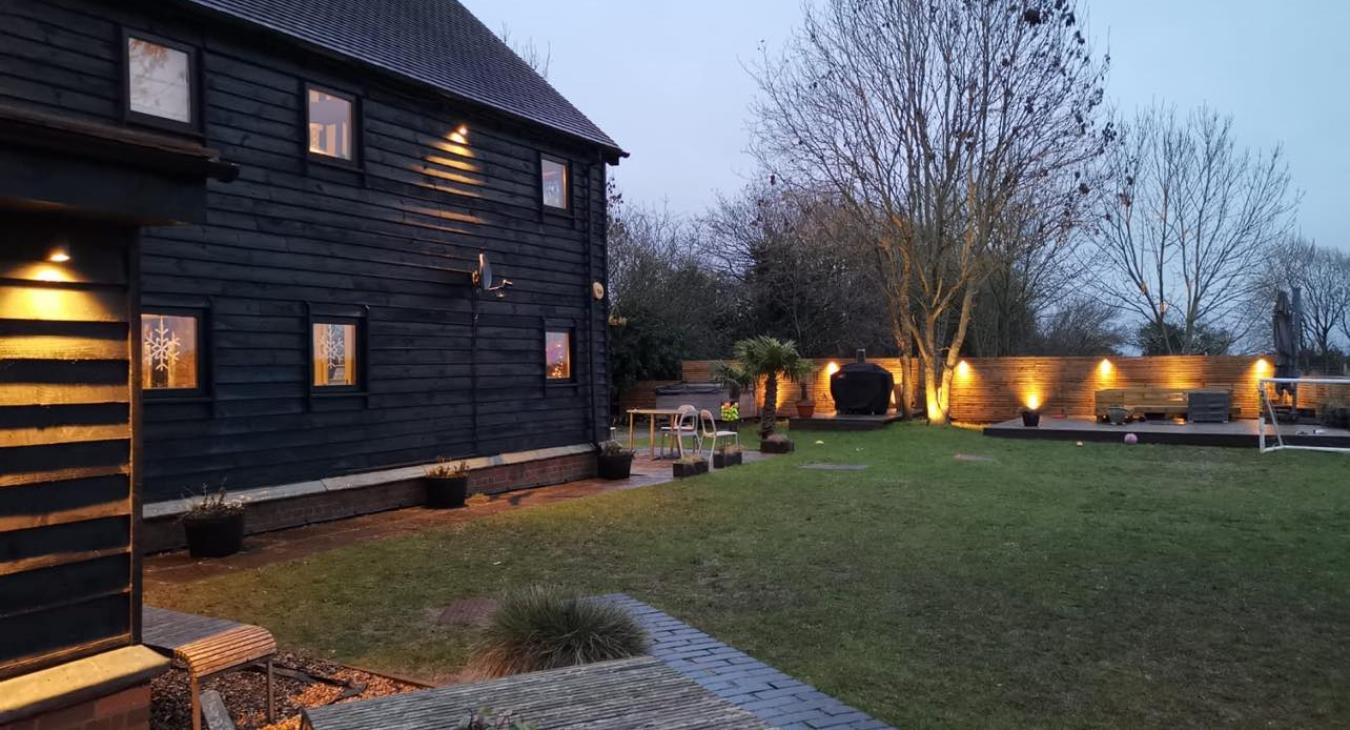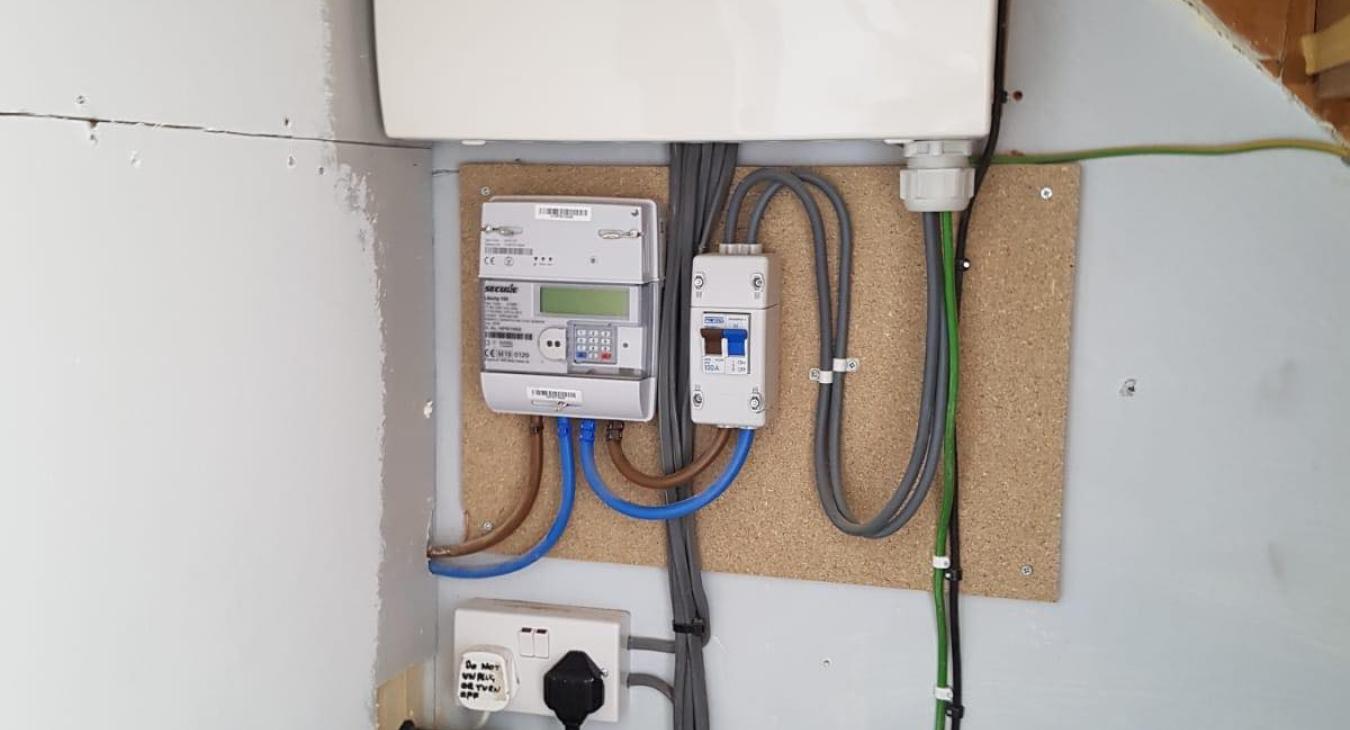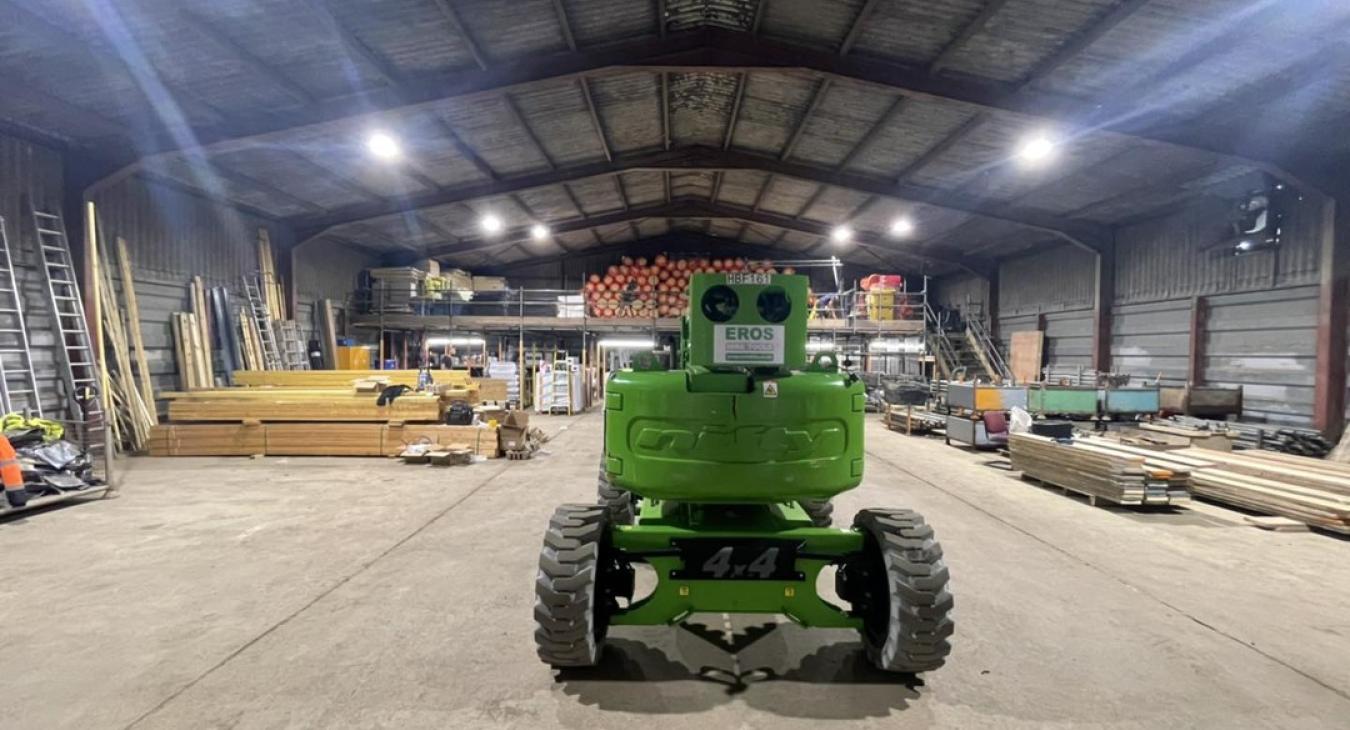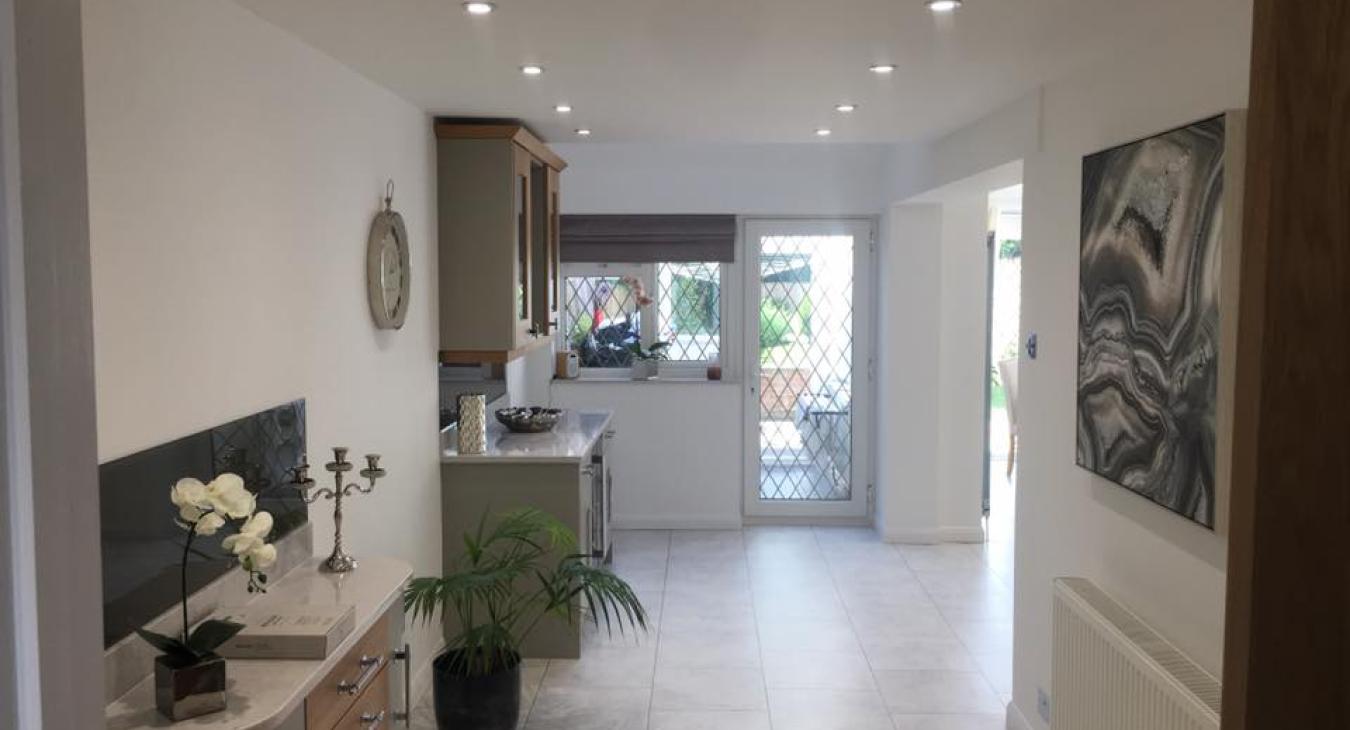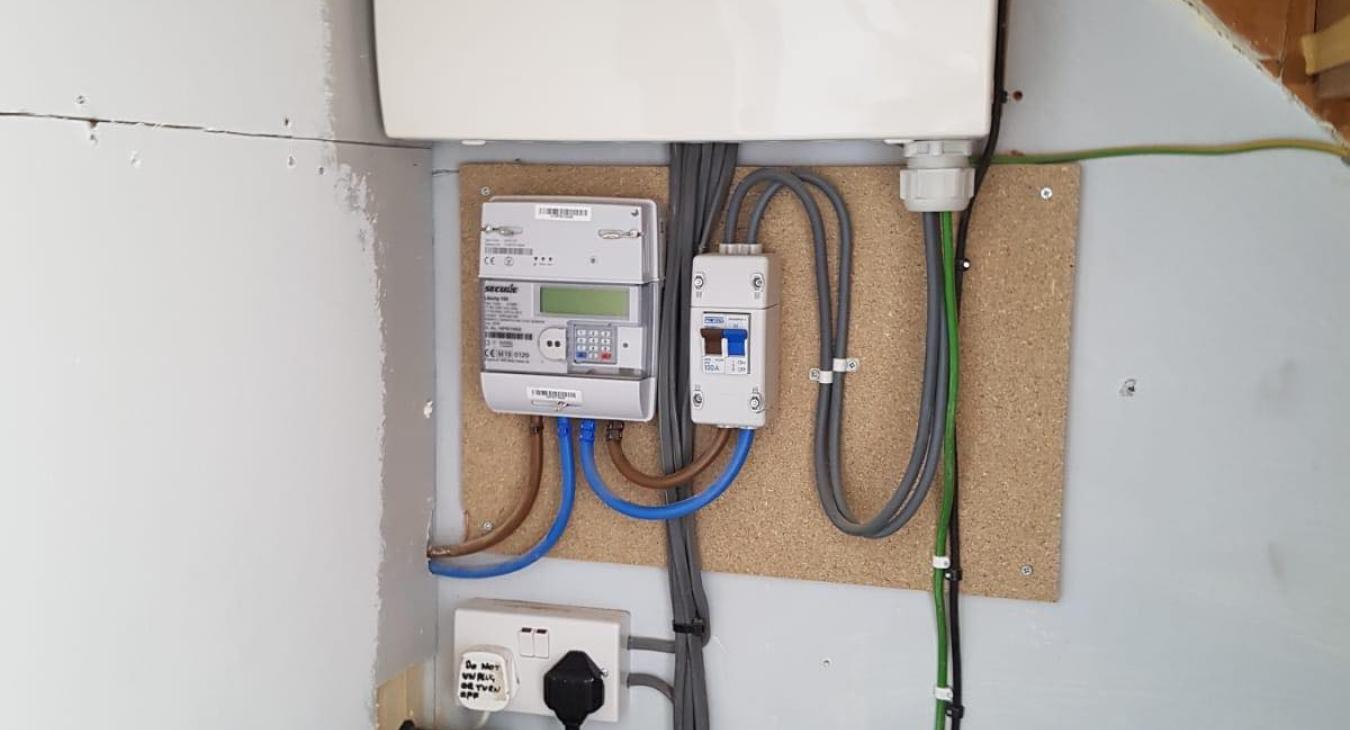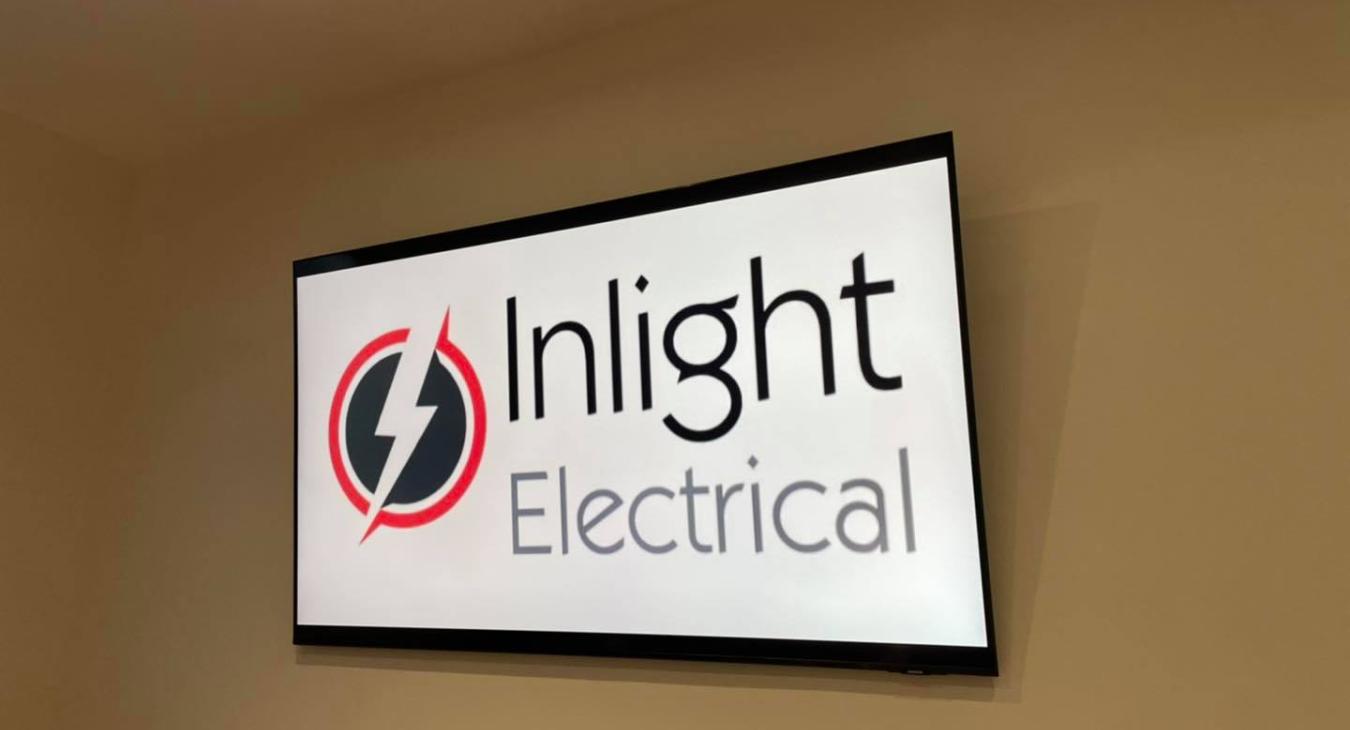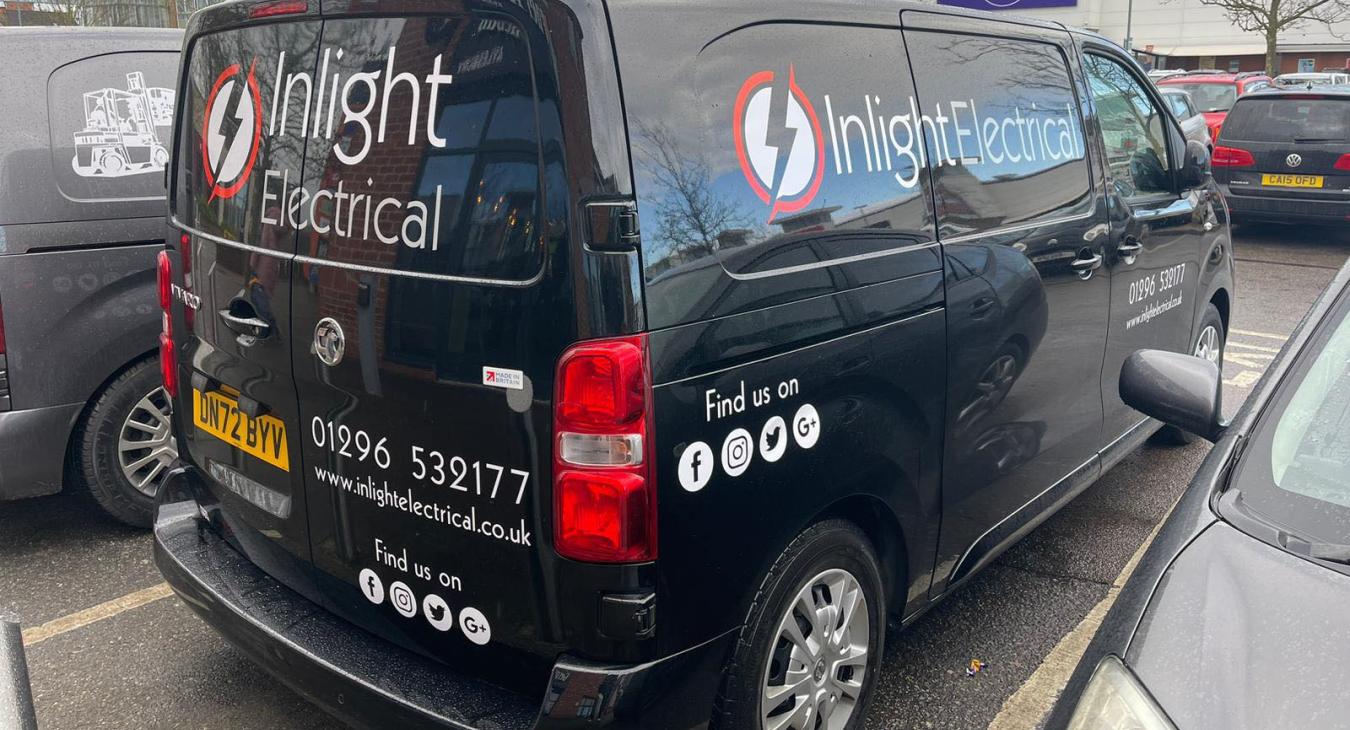Inlight Electrical – your trusted fire alarm installer in Aylesbury. Smoke and heat alarms can save lives by providing an early warning allowing more time for an escape in the event of a fire.
To ensure your fire alarm system is installed correctly, you should appoint an electrician who possesses the required fire and electrical safety regulations and industry best practices.
Smoke alarm or heat alarm – what's the difference?
Smoke alarms detect smoke and heat alarms are heat activated. A smoke alarm should be installed anywhere within a home where a fire is likely to start. Heat alarms should be fitted within rooms where smoke or steam frequently occurs like a kitchen or bathroom. Let’s look at each alarm in more detail:
- Smoke alarm: Smoke alarms detect fires by sensing minuscule smoke particles within the air. Depending on the type, the technology which detects these particles differs, but the outcome is the same – effective smoke detection.
- Heat alarm: If a fire occurs, the convicted thermal energy from the flames raises the overall room temperature. This increased temperature triggers a heat alarm. The temperature needs to rise above 57 degrees Celsius before the alarm will sound. Its important to note that heat alarms on their own are not as effective as smoke alarms. Both smoke and heat alarms should be installed to offer adequate fire protection.
- Carbon monoxide detector: A carbon monoxide detector is used to detect the presence of carbon monoxide gas. Carbon monoxide gas is extremely poisonous and can make you very ill if breathed in. Gas boilers and cookers are a common cause of carbon monoxide gas exposure. A carbon monoxide detector will ensure you and your family are fully protected against carbon monoxide exposure.
Where do smoke, heat & carbon monoxide alarms need to be placed?
As your local Aylesbury installers, we often come across customers who have no idea where the alarms need to install or how many they require. To help demystify this, lets look at each room of a house:
- Kitchen: A heat and carbon monoxide alarm should be installed within a kitchen. You should also have a smoke alarm on the same level of your kitchen as such in a hallway. The heat alarm should be installed as central as possible at least 30 cm away from any corners or walls. A carbon monoxide detector should be on average 1-3 metres from any fuel burning appliance. A carbon monoxide detector should also not be installed nearby an extractor fan or window where air can escape.
- Living & sleeping areas: A smoke alarm should at least be on every level on your home, but they can also be fitted in both lounges and bedrooms.
- Bathrooms: Similarly, to kitchens, a bathroom requires a heat alarm. This is because bathrooms often produce steam which can set off a smoke alarm by unnecessarily.
- Garages & lofts: Again, a heat alarm would be best suited for both garages and lofts.
Fire Alarm installer – Aylesbury
Regulations surrounding smoke, heat and carbon monoxide alarm placement should not be ignored. A combination of smoke, heat and carbon monoxide alarms will ensure you and your family are alerted promptly if a fire ever does occur. A quick response is absolutely crucial when it comes to fires – as soon as the alarm sounds, evacuate and call the fire service. With our day-to-day lives filled with important things, smoke, heat, and carbon monoxide alarms are often forgotten about. If you feel an upgrade is imminent, call Inlight Electrical Aylesbury today. Our fire alarm installers can upgrade your existing fire alert system as well as install new hardwired fire alarms throughout your home offering complete, reliable and long lasting protection.
